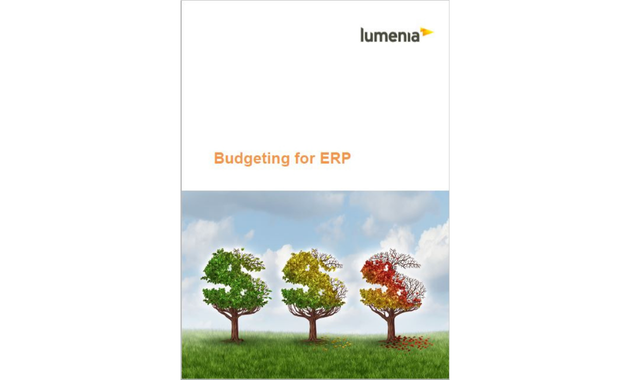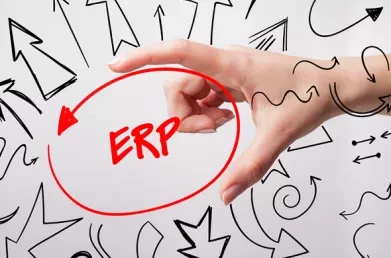Budgeting for ERP
One of the criteria used for measuring ERP project implementation success is budget versus actual. Achieving this goal starts before the project does, with the creation of a thorough and realistic ERP budget.
Preparing a budget for an ERP implementation is no different than preparing a budget for any other project. The difference is in the content, and ensuring that all potential ERP implementation costs have been examined and included.
ERP Budget Content List
Everyone knows that software licence costs and implementation costs should be included in an ERP budget, but what are all the costs associated with these and what are the other potential costs that should be considered? One way to make sure everything is covered is to break the costs into three types i.e. Technical, People and Data.
1. ERP Technical Costs
Technical costs encompass all software, hardware and related implementation costs, and these are the costs that are usually considered when preparing an ERP budget. The list includes:
- Hardware
- Applications software
- Database
- Operating system
- Interfaces
- Customisations
- System Validation (in regulated industries)
- Network & technical communications
- Maintenance & support
- Hosting
2. ERP People Costs
Not all of the People related costs are obvious, and are therefore not always considered when preparing a budget. Planning for both the internal and external human resources required for ERP selection and implementation is crucial. Once that is done, all people related costs should be considered such as:
- Education
- Training
- Project management
- Change management
- External consultancy support
- Back-filling for internal project team members
3. ERP Data Migration
When putting together an ERP budget, implementation costs relating to Data Migration can often be under-estimated. Things to consider are:
- Extraction from the legacy systems
- Cleansing and accuracy
- Entry into the new system.
ERP cost estimates
Once the ERP cost elements are known, the next step is to come up with estimates for each of these. Calculating costs relating to internal resource requirements is straightforward, but the knowledge required for estimating costs for ERP software, hardware and implementation is not always available within an organisation.
This knowledge gap can be filled by compiling and sending out a Request for Information (RFI) to a list of potential ERP vendors. The RFI should include information on the ERP project scope, the expected user numbers and some high level functional requirements. The vendors should be asked to supply cost estimates as part of their response.
Contingency
An ERP implementation, like any other project which is bringing about change, is open to uncertainty and risk. Risks should be identified, the impact of each one assessed and actions agreed so that they are contained and managed. One action is to build contingency into the budget which can be released if a risk occurs. The contingency should be associated with specific identified risks, and it can then be managed as the project progresses.
The estimates provided in the vendor responses to the RFI can be assessed and these, along with all the other costs and an allowance for contingency, can be used to build a budget that is realistic and fits the ERP strategy for the organisation.
Check out our white papers which are available to download for free:
How Much does ERP Cost? Report
Budget for ERP Report
This blog was written by Ursula Browne, Managing Partner at Lumenia. If you would like further information on ERP Budgets or ERP Business Case Development please send an e-mail to Ursula Browne.



